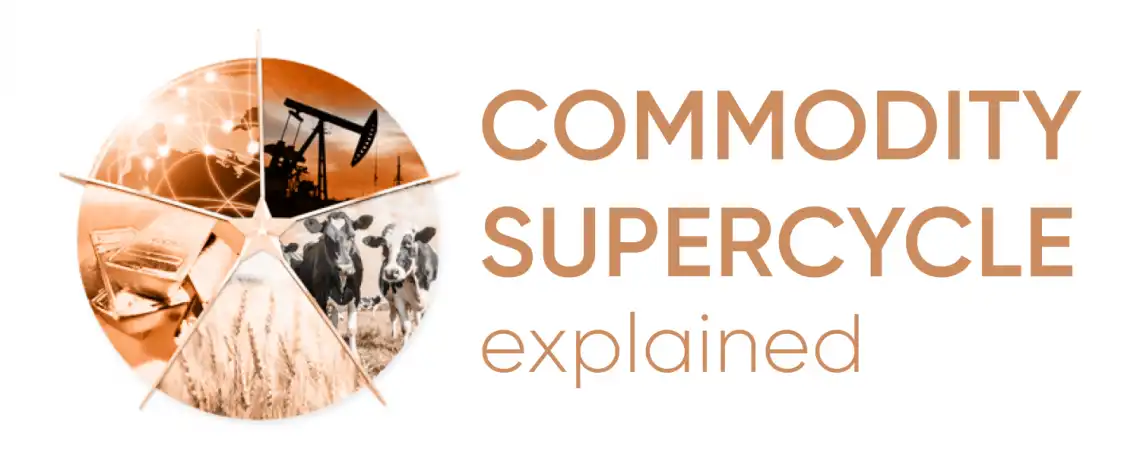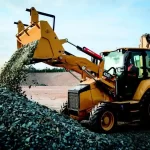The world of commodities is as fascinating as it is complex. At the heart of this global market lies a rhythm – the boom and bust cycles that have shaped economies, influenced politics, and directed investment strategies. But what exactly drives these cycles, and how can traders, investors, and even casual observers make sense of them? Let’s explore further and unpack the mysteries of these recurring patterns.
The Anatomy of a Boom
Understanding the boom phase is crucial, as it’s where everything begins. A boom happens when there’s a surge in the demand for a particular commodity, usually driven by economic growth, technological advancements, or geopolitical events.
- Economic benefits: As economies expand, the demand for raw materials such as oil, metals, and agricultural products rises. Businesses increase their production, consumers buy more, and this heightened activity creates a ripple effect in commodity demand.
- Technological advancements: New technologies can suddenly make certain commodities highly desirable. Think about the rise in demand for lithium due to the boom in electric vehicles.
- Geopolitical events: Wars, sanctions, or political unrest can disrupt supply chains, leading to an increase in commodity prices. For instance, oil prices might spike if there’s instability in key oil-producing regions.
The Dynamics of a Bust
After the boom inevitably comes the bust. This downturn in the commodity market can result from several factors:
- Oversupply: When prices are high during a boom, producers are incentivized to extract or produce more of the commodity. Eventually, this can lead to a glut in the market, driving prices down.
- Economic recession: Just as economic growth can spur demand, a slowdown can dampen it. When economies contract, businesses cut back, consumers spend less, and the demand for commodities decreases.
- Alternative solutions: Sometimes, the high prices of a commodity during a boom can encourage the search for alternatives. If these alternatives are found and adopted, the demand for the original commodity can fall sharply.
Preparing for the Inevitable Turn
No cycle lasts forever, and the key for market players is to anticipate the shifts. By closely watching economic indicators, technological trends, and geopolitical events, you can get a sense of when the tide might turn. Diversifying investments, hedging, and staying informed are key strategies to employ. You can also contact CCR with any questions about commodity markets.
Regulation and Its Role in Stabilizing Markets
Government policies and regulatory frameworks can have a significant impact on commodity markets. Regulatory bodies often step in to stabilize prices and ensure fair trading.
- Setting production limits: In certain sectors, governments or coalitions might set production caps to prevent oversupply. OPEC’s oil production quotas are a prime example.
- Tariffs and trade policies: By imposing or lifting tariffs, governments can influence the cost and demand for important commodities. This can lead to price adjustments in global markets.
- Financial market oversight: Regulatory bodies often monitor futures markets and other financial instruments related to commodities. Their oversight can prevent speculative bubbles and ensure that trading remains transparent and fair.
The boom and bust cycles of commodity markets are as old as trade itself. By understanding the factors that drive these fluctuations, we not only gain insights into the pulse of global economics but can also make more informed decisions.




